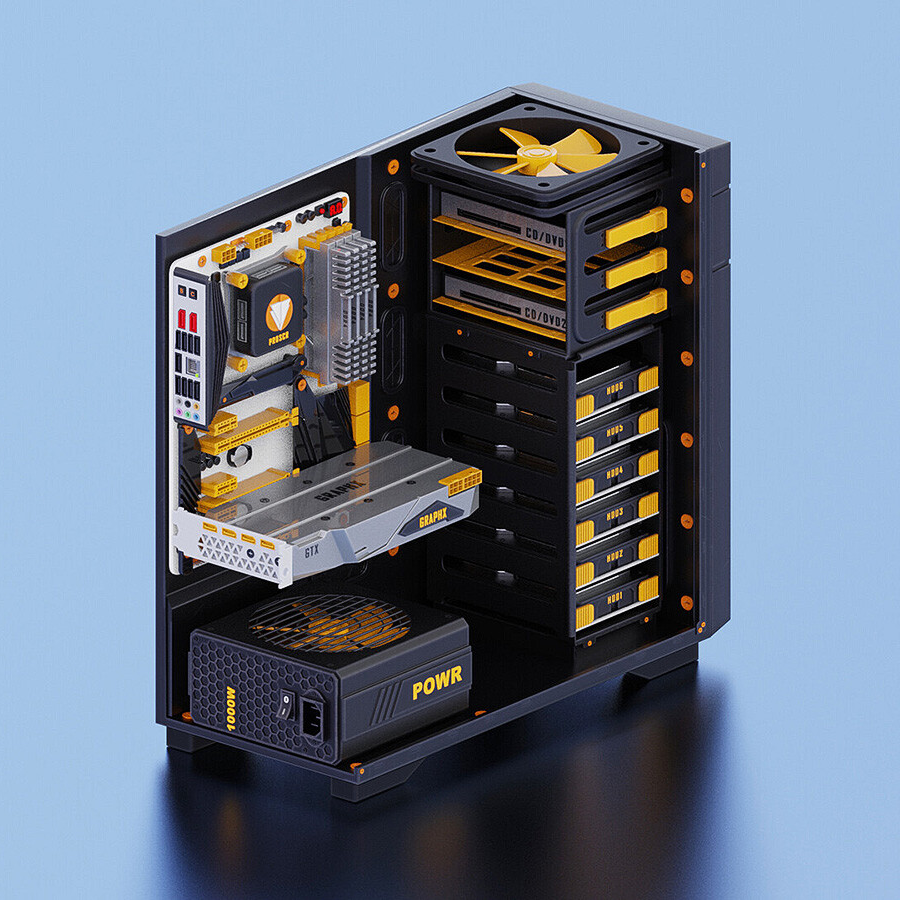

Windows has that button, but only if you right-click the drive in file explorer and select “eject”. The dialog is very similar, but has the option to continue anyways. That option doesn’t appear when ejecting from the taskbar.
Which is weird, because it means that Microsoft went out of their way to make two different, almost identical dialogs. And they made the better one harder to reach.













A guy walk into a bar and pulls out a scale model of a grand piano, as well as a wooden puppet. The puppet immediately animates and starts playing the piano.
After a perfect performance of Mozart’s piano sonata No.11, the puppet gets up, bows to the audience and falls lifeless to the ground. Everyone is astounded.
The bartender asks the guy: “That was great! If you don’t mind me asking, where did you get a puppet like this?”
The guy hands him an old golden oil lamp. “You see, I found this lamp. If you rub it and say what you want, a genie pops out and grants the wish. Give it a try, if you want!”
The bartender is sceptical, but tries anyway. “I wish for a million bucks!” Immediately the bar is filled with a giant flock of ducks. On the tables, on the bar, on the ground, ducks are everywhere.
“What the fuck?! That’s not what I asked for!”
The guy chuckles. “O yeah, the genie is hard of hearing. Did you really think I asked for an eight inch pianist?”